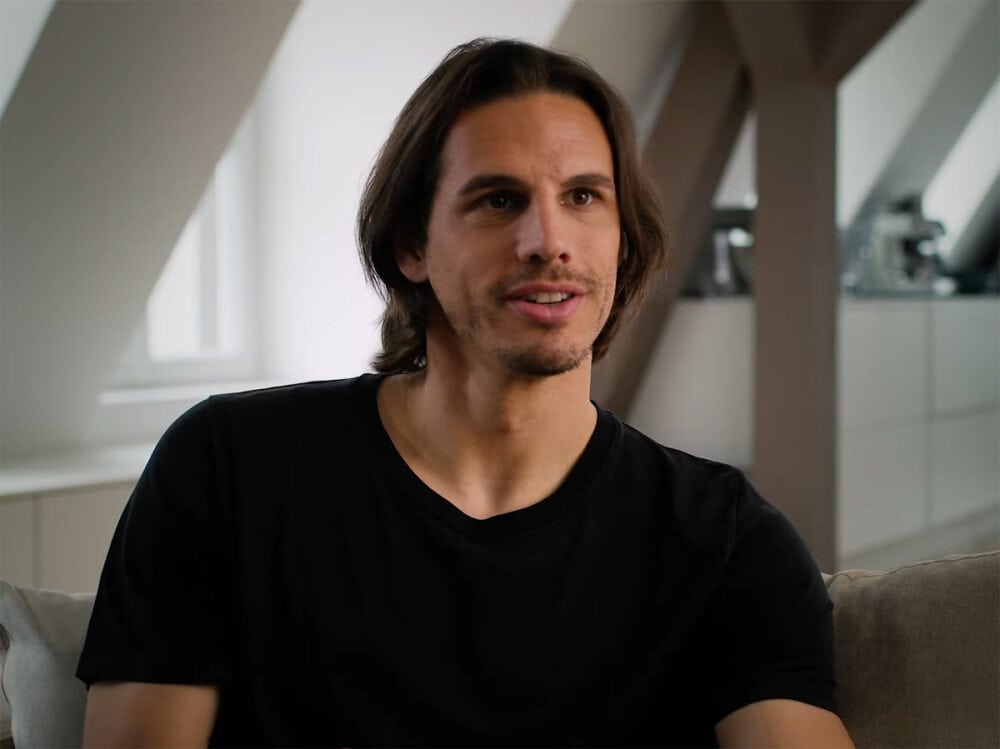What the customer is looking for is what he buys
How do you distribute snails without poison? Based on search queries like this, the Hamburg-based startup Vivere develops, produces and sells new consumer goods. In an interview, Vivere CEO Sebastian Johnston talks about the quite unusual business model.
New product cycles, such as for care products from Nivea, are around three years. Sebastian Johnston's company Vivere needs only eight to ten weeks for this. The company analyzes the search behavior of customers, for example on Amazon, and develops new products on the basis of this. This has now resulted in over 800 products - from pet supplies to beauty. True to the motto "what the customer is looking for, he will buy," completely new products are conquering the market.
m&k: Sebastian Johnston, normally you develop a product first and then bring it to market. You follow the exact opposite path. Why?
Sebastian Johnston: We are a data-driven company. We generate our product ideas by evaluating search queries on Google and marketplaces like Amazon. We quickly realize that many product ideas are totally obvious, but no one offers anything suitable. For example, many people are searching online for a product to repel snails. On the market, however, there is almost only poison or traps for killing snails. This gives rise to the idea: let's develop a remedy that deters and drives away snails without killing them. And ten weeks later, we start selling the finished product via the appropriate digital platforms and marketplaces under a brand that we have also developed.
So you develop data-driven consumer goods. How does that work?
To interpret the search data correctly, we have developed special algorithms. If the algorithm points to an interesting idea, we sit down together and analyze the data: How big is the market for this idea, really? And does the product fit with one of our existing brands, or do we need a new brand with an independent range? In addition, the product must also fit our values: All our products are cruelty free, sustainably produced, recyclable, vegan, without microplastics. And we have to be able to carry out all the development steps right through to marketing ourselves. To this end, we have set up automated and flexible production facilities at our company site in Hamburg. It's important that everything happens quickly: The first clues in the data must be turned into a concrete product idea as quickly as possible, which then goes into agile development and testing as quickly as possible to create a market-ready product.
When you identify a trend. What steps follow?
As soon as the analysis of customer preferences in search engines and online marketplaces reveals a pattern, Vivere assigns a development team to it. For each team, researchers, product designers, project and product managers systematically work through a catalog of questions together with supply chain experts and marketing specialists: What is behind the search trend that the data shows? Is it a short-term fashion or beauty hype, such as might arise around an event like the Coachella festival? Is what the search data is showing a sustainable trend that is just beginning - or is it already flattening out? If you coordinate all the interfaces and set up the processes digitally right from the start, it works very well and only takes a few days or weeks.
Vivere brings consumer goods to market six times faster than other manufacturers, why?
We are so fast because we can. And because this is the future of Fast Moving Consumer Goods (FMCG). New customer needs are emerging, and we are the first to recognize them and then serve them directly. Speed is crucial for us. Unlike traditional consumer goods manufacturers or retailers, we have the grace of late birth. We don't have to drag along or change old processes and habits. We have redesigned all processes and workflows from scratch, automated a lot of things and designed the interfaces between the individual development steps so that everything flows. We haven't built silos, but rather put small, cross-functional teams on new brands and products from the start. We don't have to take production cycles and decision-making bodies of partners into account because we have everything on site ourselves: the expertise, the resources. We bring everyone together and then it runs, from sprint to sprint.
You are constantly expanding your product portfolio. How many products are added per month? And where are the limits - i.e. which products would you not include in the portfolio?
The consumer goods industry works slowly and with little digital. Vivere exploits this innovation potential by working without intermediaries, developing products in a radically data-driven way, and making an uncompromising commitment to sustainability. We are launching one or two new brands every month with up to 50 products, and each quarter we aim to open up a new sales market. With this, we plan to double our sales in the next year.
Briefly, a few more numbers. How big is your Vivere team by now and where do you see the company in the near future?
Our team consists of 80 people from over 15 nations who enjoy developing new brands and products with a lot of creativity and freedom and also implementing them immediately. To do this, the management team uses all its experience from the consumer goods industry, e-commerce, product development and marketing. We are all driven by the goal of turning the traditional consumer goods industry upside down with new sustainable products.
How brand management works in turbulent times is the topic at the Swiss Brand Congress. Switzerland's largest industry get-together will take place on June 16 as a hybrid congress in Zurich. More than 30 experts from national and international success brands will be on stage in 10 forums. Sebastian Johnston will speak in Zurich about the completely new understanding of brand management.










